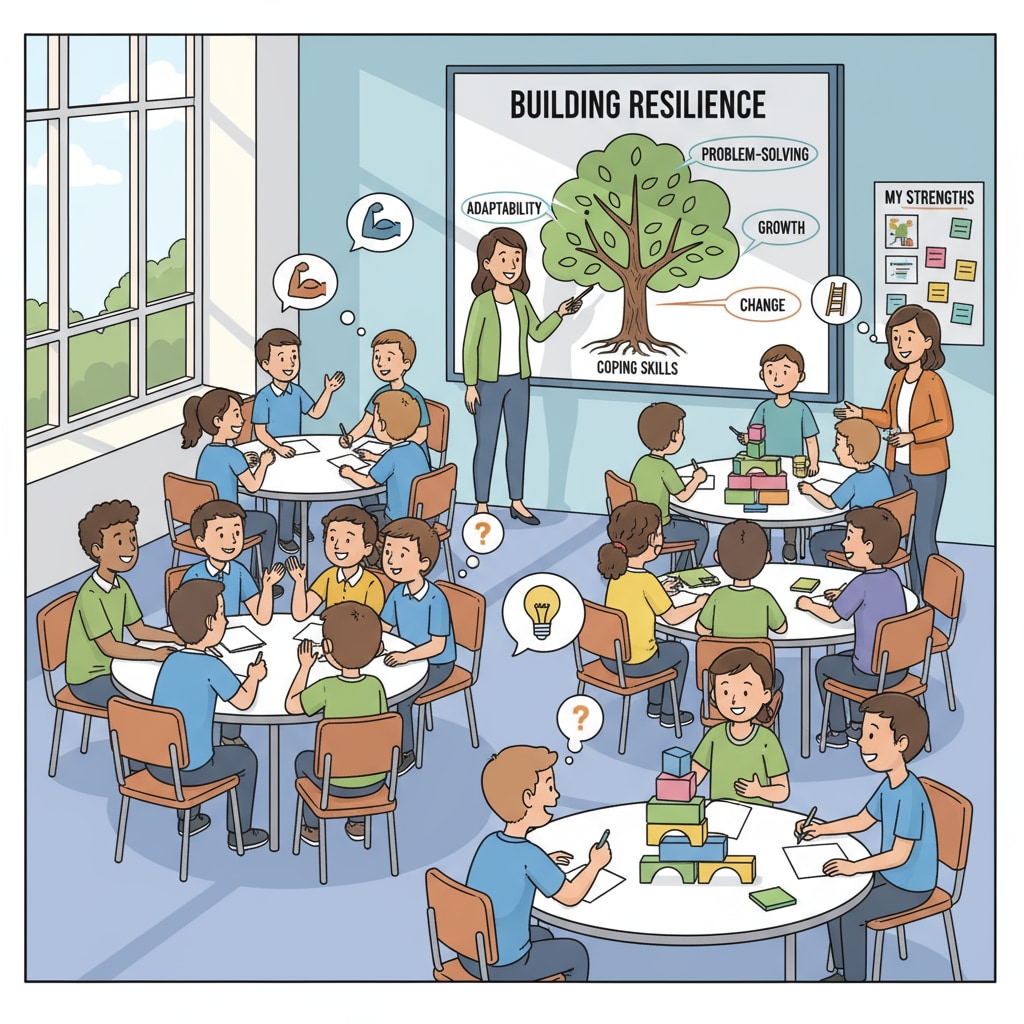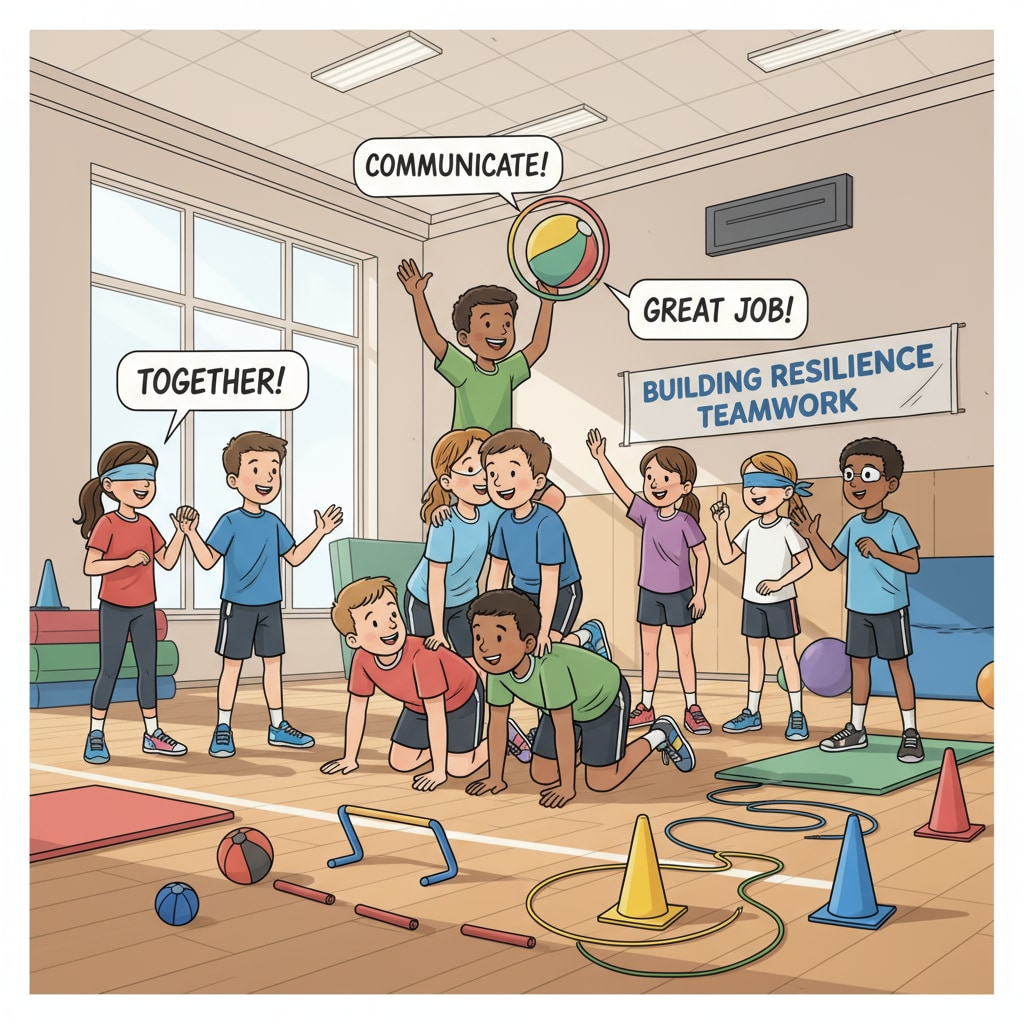In the modern era, the concept of resilience education has gained significant traction, especially when considering the division of responsibilities between schools and families. Resilience, the ability to bounce back from adversity, is a vital trait for students to develop in a world filled with challenges. Both schools and families play distinct yet complementary roles in this educational journey.

As we navigate through the complexities of today’s educational landscape, it’s essential to understand where the responsibilities of each entity begin and end.
The School’s Role in Resilience Education
Schools are often the first line of exposure for students to structured learning experiences. In the context of resilience education, they have several key responsibilities. Firstly, schools can incorporate resilience-building curricula into their academic programs. For example, subjects like social studies and physical education can be used as platforms to teach students about perseverance, problem-solving, and emotional regulation. American Psychological Association’s Insights on Resilience These lessons provide students with theoretical knowledge and practical tools to face difficulties.

Secondly, schools foster a supportive environment. Teachers act as mentors, offering guidance and encouragement to students. They create a safe space where students feel comfortable expressing their fears and concerns. Additionally, peer interactions within the school setting can enhance resilience. Group projects and extracurricular activities promote teamwork and the development of social skills, which are essential for building resilience.
The Family’s Contribution to Resilience
Families, on the other hand, have a unique and irreplaceable role in a student’s resilience development. At home, parents serve as role models. Children learn by observing how their parents handle stress and setbacks. A parent who approaches challenges with a positive attitude and determination instills similar values in their child. Psychology Today’s Articles on Resilience
Moreover, family communication is crucial. Open and honest conversations about feelings, experiences, and goals help students develop emotional intelligence. Families also provide a sense of belonging and unconditional love, which acts as a strong foundation for resilience. When students know they have a supportive home environment, they are more likely to face difficulties with confidence.
As we’ve seen, both schools and families have distinct and important roles in resilience education. However, there are often challenges in clearly defining the boundaries. In some cases, there may be overlap, leading to confusion. In other instances, there could be gaps where neither entity fully addresses certain aspects of resilience. To overcome these issues, a collaborative approach is necessary. By working together, schools and families can create a comprehensive and seamless resilience education framework for students. This partnership will ensure that students receive the support and guidance they need to develop into resilient individuals, ready to face whatever the future holds.
Readability guidance: The article uses short paragraphs and lists to summarize key points. Each H2 section provides relevant details. The passive voice and long sentences are kept to a minimum, and transition words are used throughout to enhance flow.


